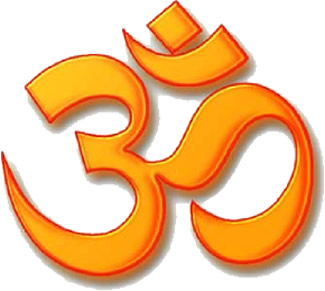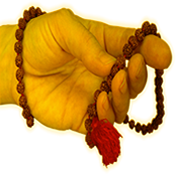
The Shanti Mantras are part of the Upanishads. The invocations or chanting end with saying the word “shanti” or peace thrice. Uttering the word three times is meant to take away the obstacles or hindrances to the one reciting it and to his immediate environment. These obstacles or troubles are classified into three categories collectively called “tapa-traya.””
These obstacles come from the three areas of the physical or Adhi-Bhautika such as natural disasters and wild animals, the internal or Adhyaatmika such as illnesses and pain, and the divine or Adhi-Daivika such as ghosts and spirits. The invocations of Shanti Mantra are meant to calm or pacify these obstacles for the one reciting them, as well as for his immediate surroundings. The ‘path to peace’ or the Hindu prayer for peace calms an agitated mind and helps one to overcome the ego.
When the words and syllables are repeated during the chanting of the Hindu peace prayer, physical vibrations are produced in the body to bring forth spiritual energies, positive vibes, expansion of the mind, and transformation of one’s inner landscape. These positive energies bring about general physical wellbeing that translates into peace in the world and the universe.
The Shanti Paath is generally called Hindu “Peace Mantras.” Derived from the Vedas, they are the Hindu prayers for shanti or peace. These incantations of peace, harmony, and joy are generally recited at the opening and closing of Hindu religious rituals, ceremonies, and discoursstyle="text-align: justify;"es.

